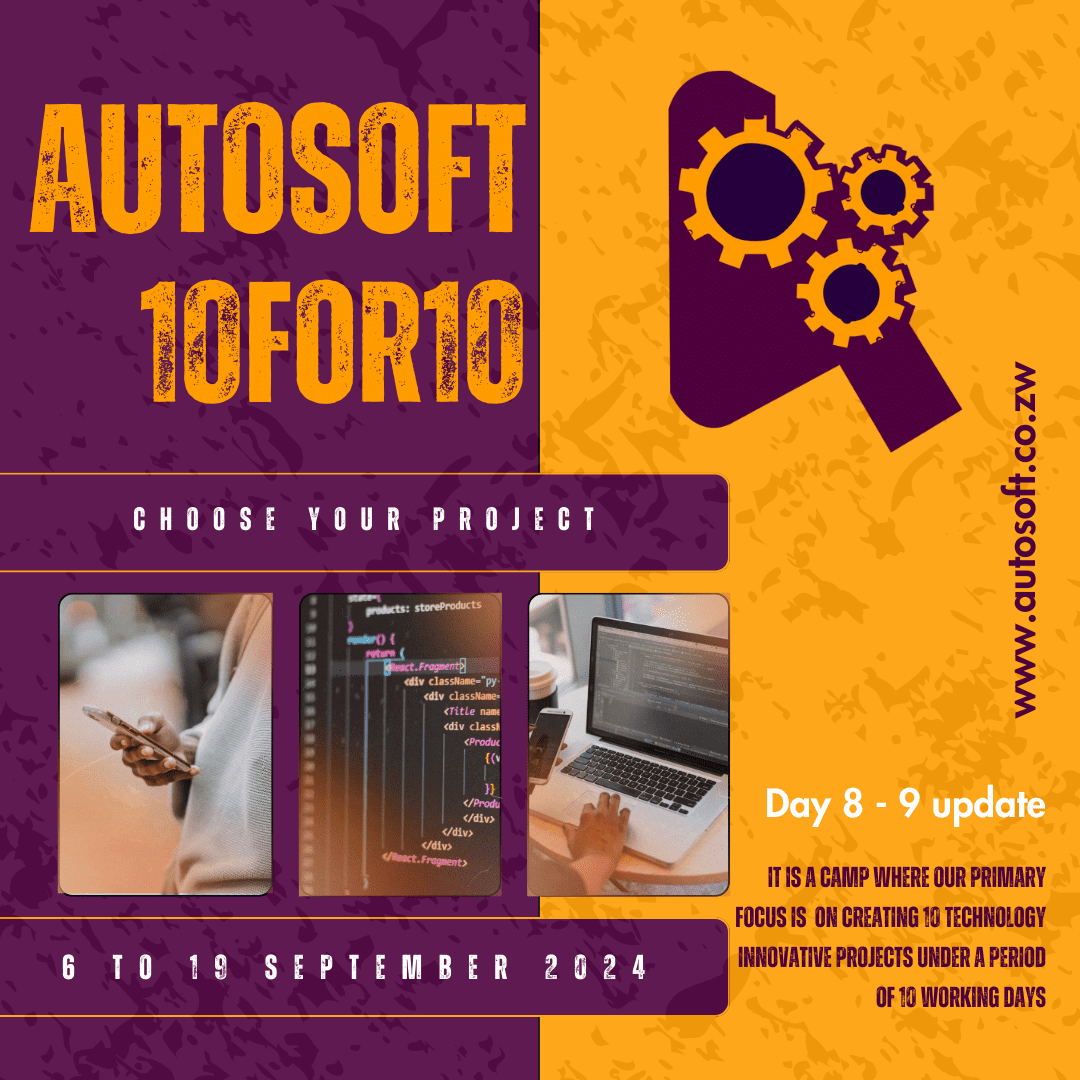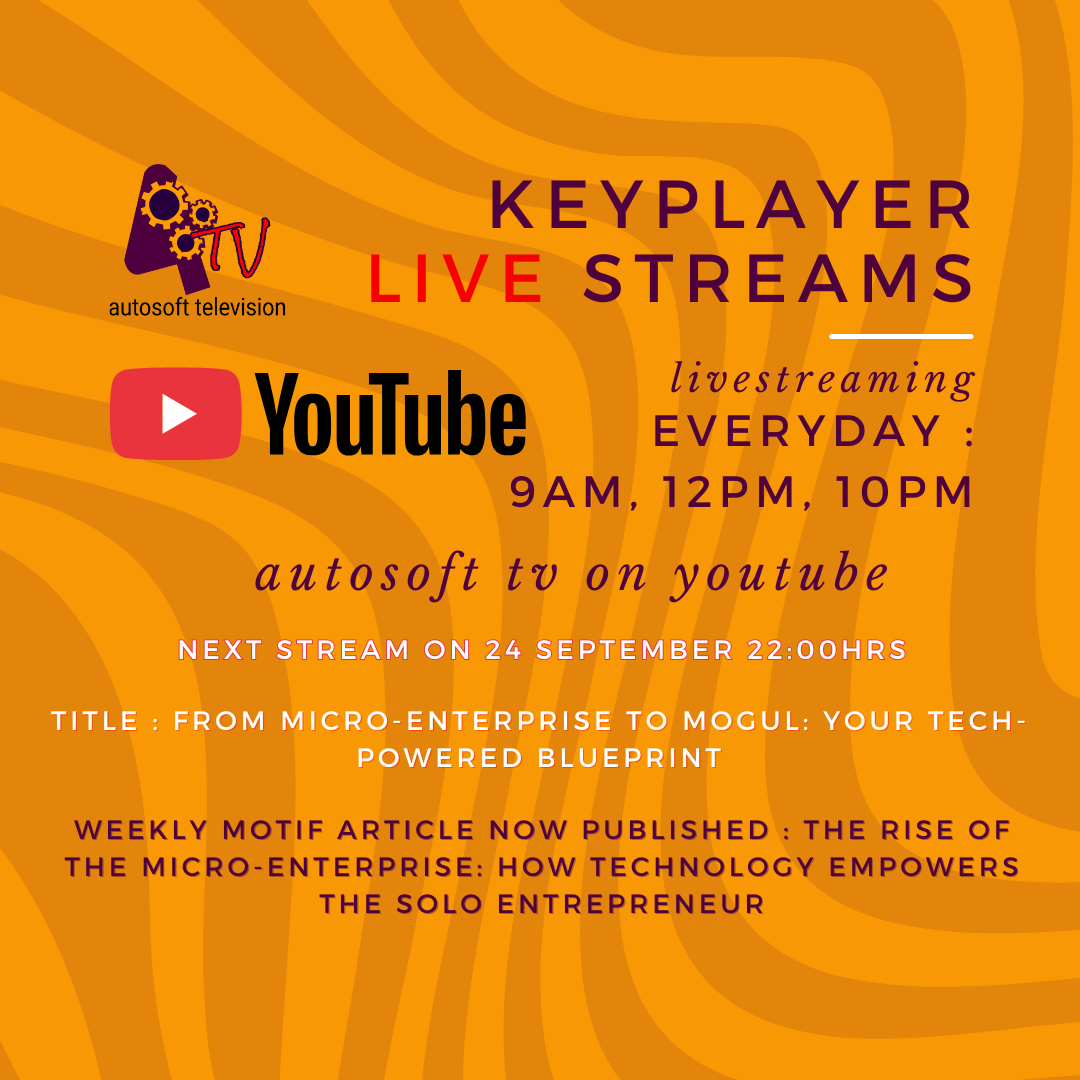
How to develop an offline capable Progressive Web App for your website / system which has PHP as back-end with our 10 for 10 camp as a live example? part two with day 8 to 9 update
Hello World! I am glad to be back here writing to you as I give you more info on how to develop an offline capable PWA for your website and also day 8-9 update. We also have a few announcements on the release of two of our 10 for 10 project on day 10 if all things planned go out well. The 10 for 10 camp has been going well as planned only that we are exhausted as expected but still looking forward to finish through the projects and release all work done as soon as the camp ends on the 11th and 12th, with some few projects dropping even before the camp is over because we really think they are ready for your viewing. If you have been following our updates so far since the 10 for 10 camp started I am sure that by now you are aware that we are releasing our projects as PWAs for their first versions. So continuing from the last article which you should check if you have not, I’ll start by giving yo more info on how you can create a PWA from your website.
I highlighted some steps you should follow in the last article (I encourage you to check them before you continue), So here is how you do it as I explain a bit deeper : To achieve this, PWAs utilize a combination of technologies such as Service Workers, Web App Manifests, and caching strategies, advised React JS developers at Webomindapps
Setting Up Your React App
To get started, make sure you have Node.js and npm installed on your system. Create a new React app using Create React App, a popular tool that sets up a new React project with sensible defaults. Open your terminal and run the following commands:
self.addEventListener(’install’, (event) => {
event.waitUntil(
caches.open(’my-pwa-cache’).then((cache) => {
return cache.addAll([
’/’,
’/index.html’,
’/manifest.json’,
’/static/js/bundle.js’,
// Add other assets and routes to cache
]);
})
);
});
src/index.js:
javascriptCopy codeif (’serviceWorker’ in navigator) {
window.addEventListener(’load’, () => {
navigator.serviceWorker.register(’/service-worker.js’)
.then((registration) => {
console.log(’Service Worker registered with scope:’, registration.scope);
})
.catch((error) => {
console.log(’Service Worker registration failed:’, error);
});
});
}
Creating a Web App Manifest
The Web App Manifest is a JSON file that provides metadata about the PWA, enabling users to install it on their home screens. Create a manifest.json file in your public folder:
public/manifest.json:
jsonCopy code}Make sure to replace the icon files with your own images.
Testing Your PWA
With the service worker and manifest set up, you can now test your PWA. Run your React app in production mode to see the offline capabilities in action.
npm run build
serve -s buildVisit the provided URL, and you should see your PWA in action. Try disconnecting from the internet, and you’ll notice that your app still functions seamlessly, thanks to the cached assets and offline capabilities provided by the service worker. Building a Progressive Web App with React and implementing offline capabilities enhances user experience and ensures your app remains accessible even in challenging network conditions and we hope users of our systems will enjy the experience of using our systems.
Building a Progressive Web App with React and implementing offline capabilities enhances user experience and ensures your app remains accessible even in challenging network conditions.
So Continuing on with our day 8 to 9 update. After completing on yet another challenging Day 8, Day 9 ended very well but it was a late day just like the incoming day 10, We had to delay posting this article just to get somethings in order but all is well. On day 9 we started a system called my local meal buddy. This is a system we wish to further develop for our Zimbabwe hospitality and tourism market, the idea behind it is we want to create a system where people can see not just the highly rated restaurants and eating places but open an account that would allow them to view, select very low to non rated local canteens and kitchens where they can eat from, make reviews, interact with other people who experienced these places and even make payments using the application. We want to put everyone on the map. Our goal is to discover these local gems and help people reach out to them and other small businesses that may not have the capacity to even put themselves on the vast major social and tourism discovery platforms. Our day 9 was great and we are already starting our day 10 in a few minutes. Stay tuned for more updates today as we plan on releasing 2 projects today that may excite you. Also watch out for the code retrospect event announcement coming soon. If you missed other updates of the work that has been going on in our camp please feel free to check the other articles that we posted before this one. Until next time keep living and keep reading.



